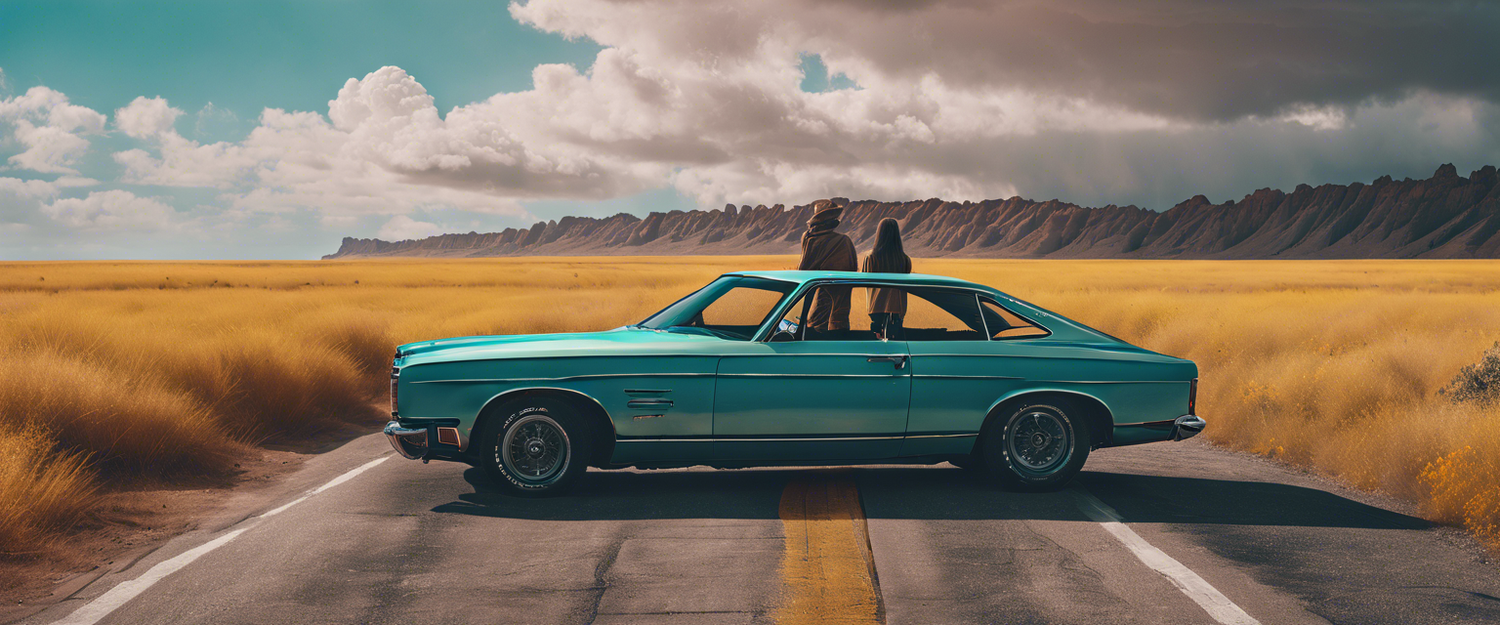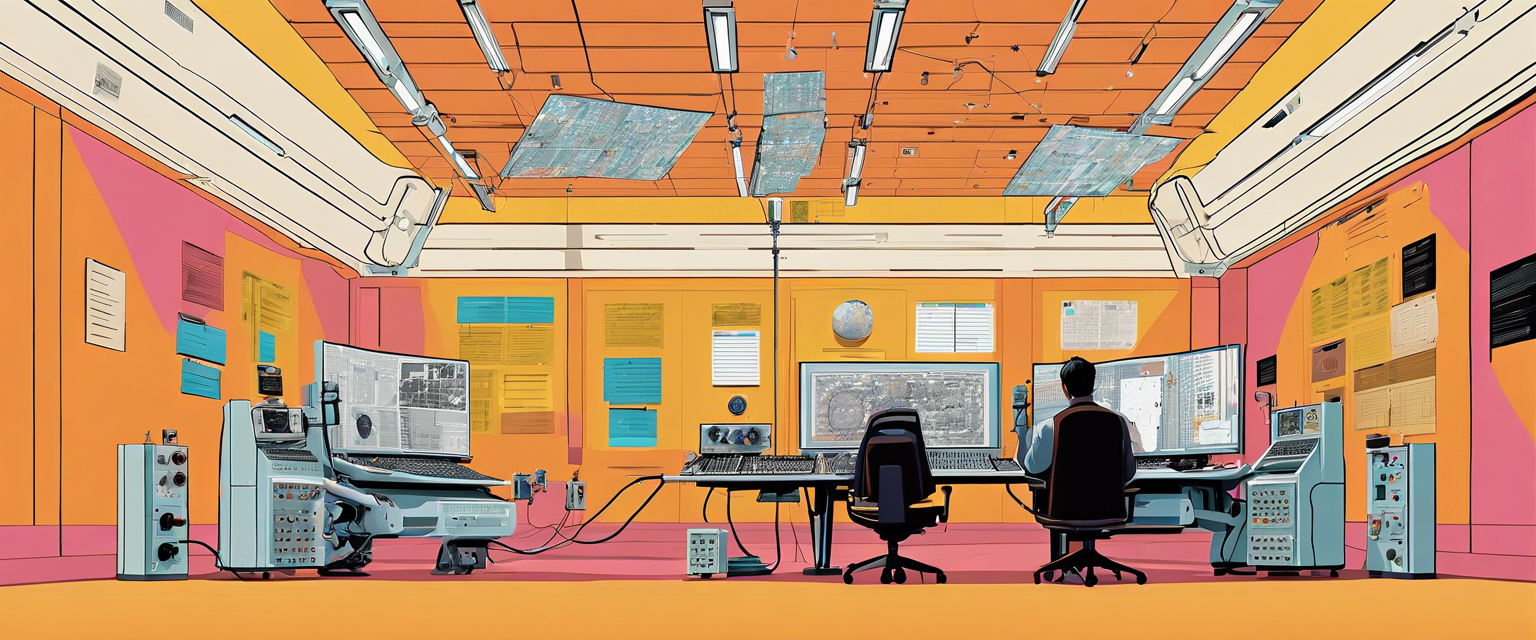Exploring the Impact of AI on Photography and Memory Capture
Skógafoss, one of Iceland's breathtaking waterfalls, stands as a testament to nature's beauty. However, even in remote locales, popular spots can be crowded. Tourists, bundled up in puffy coats, flock to this stunning locale, which sometimes detracts from capturing the perfect photograph. A recent innovation showcased by Google at their annual conference highlighted the advent of AI-powered photo editing tools that may change our relationships with these memories.
AI-Powered Magic Editor: Redefining Memories
During the event, Google introduced the Magic Editor on the Pixel 9, which includes an innovative feature called "reimagine." This tool allows users to enhance their photographs beyond mere editing; it lets them add elements based on text prompts. For example, instead of removing a tourist from a picture, one could introduce beautiful rainbows and butterflies, creating an idealized memory rather than a strict representation of reality.
The Challenge of Authentic Representation
Photos are often an unforgiving medium that highlights imperfections we may often overlook in reality. This duality raises the question: can we still call heavily edited images "photos"? Even discerning photographers grapple with this idea, as the nature of photography shifts toward capturing feelings rather than precise representations.
Testing AI-Enhanced Memories
To dive deeper into the capabilities of these AI tools, I decided to take the Pixel 9 Pro on a family weekend adventure, focusing on capturing moments that resonate as memories. Initially, I played with the reimagine tool, struggling to find practical uses for it. For instance, while adding birds to a joyful photo of my son felt like a fun addition, it became clear that the original lighting and emotions were what made the moment special.
Editing for Context
I turned my attention to using AI to clean up unwanted distractions in my photos. The AI effectively removed elements that detracted from pivotal moments, such as background clutter. This practical application demonstrated the efficiency of AI tools for creating memories that resonate.
The Fine Line of Editing
However, it's crucial to acknowledge the potential pitfalls of such editing. For example, while I eliminated a trash can from a shot of my son playing, I also experimented with removing contextual buildings and substituting them with trees. This resulted in superficially pleasing images but lost the authenticity of the moment.
Fundamentals Still Matter
Through experimentation, I've realized that one cannot forge a great photo into a good one through editing alone. Good lighting, thoughtful composition, and genuine emotion from subjects remain irreplaceable elements of photography. For instance, while the AI-enhanced shot of Skógafoss serves its purpose, I genuinely prefer shots that convey the spirit of my visit, such as birds nesting on a mossy rock or capturing candid moments of joy.
The Future of AI in Photography
Wrapping up my experience, while I see significant value in AI-assisted tools like Google's Magic Editor, they do not redefine the core essence of photography for me. There's no substitute for the experience itself, capturing genuine emotions, or the beauty of good lighting. AI assists but does not replace the role of the photographer in creating lasting memories.
Conclusion: The Intersection of Technology and Memory
The evolution of photography through AI tools encourages us to rethink how we capture and edit our memories. While technology continues to advance, ensuring authentic representation should remain a priority for photographers seeking to make enduring impressions.



コメントを書く
全てのコメントは、掲載前にモデレートされます
このサイトはhCaptchaによって保護されており、hCaptchaプライバシーポリシーおよび利用規約が適用されます。